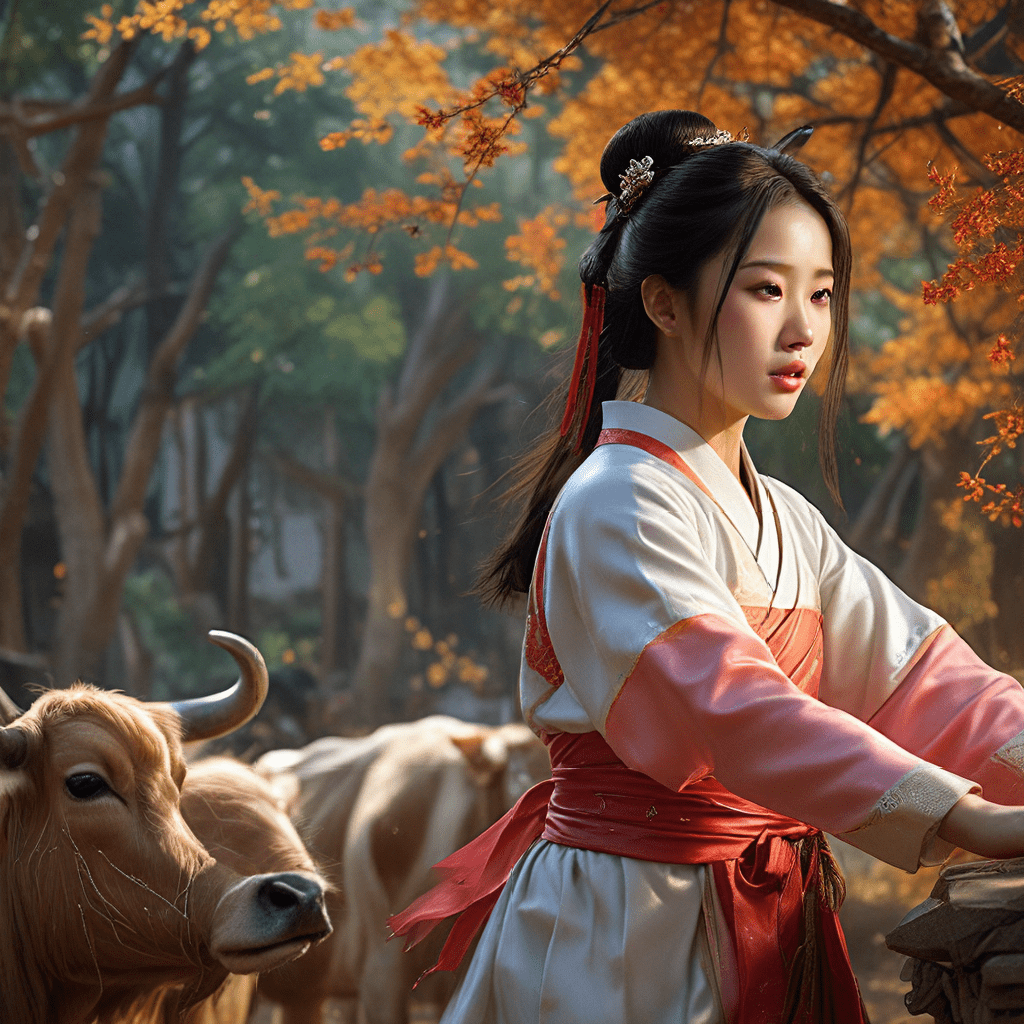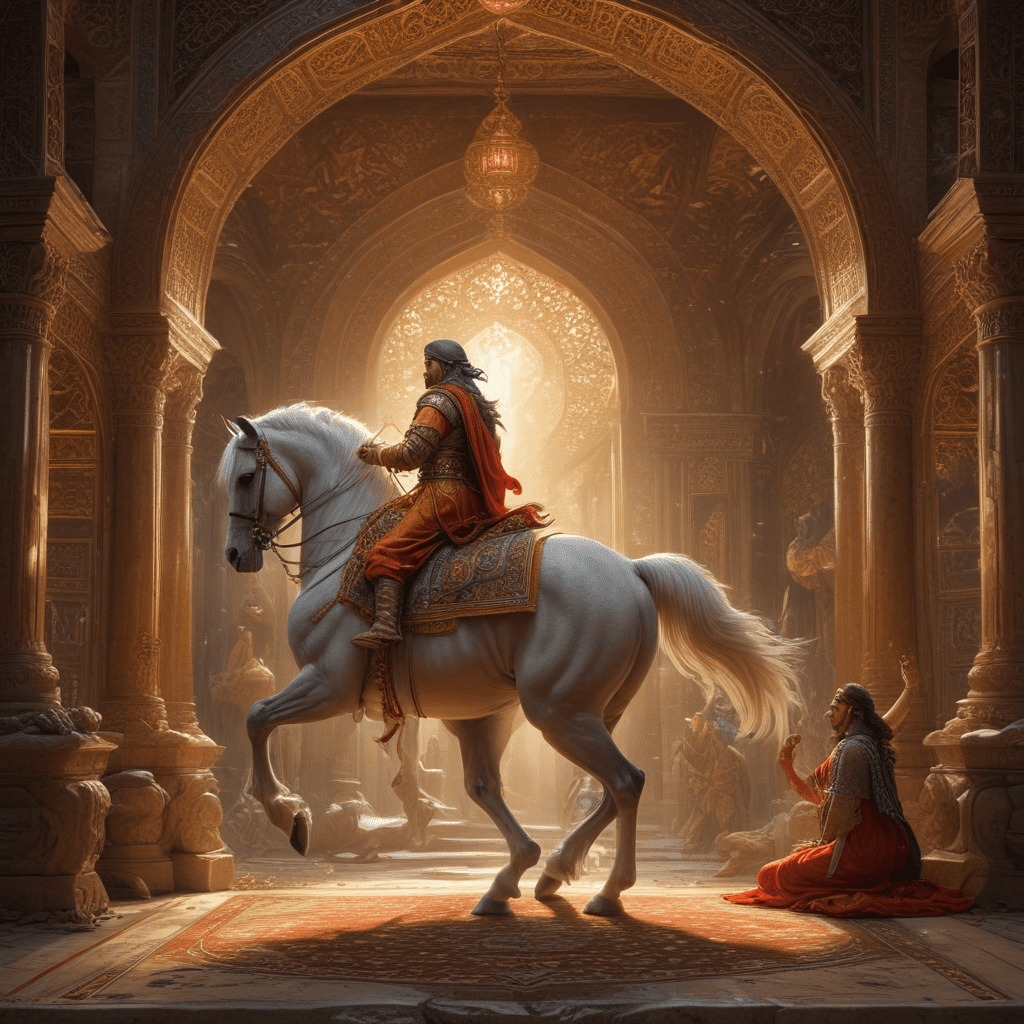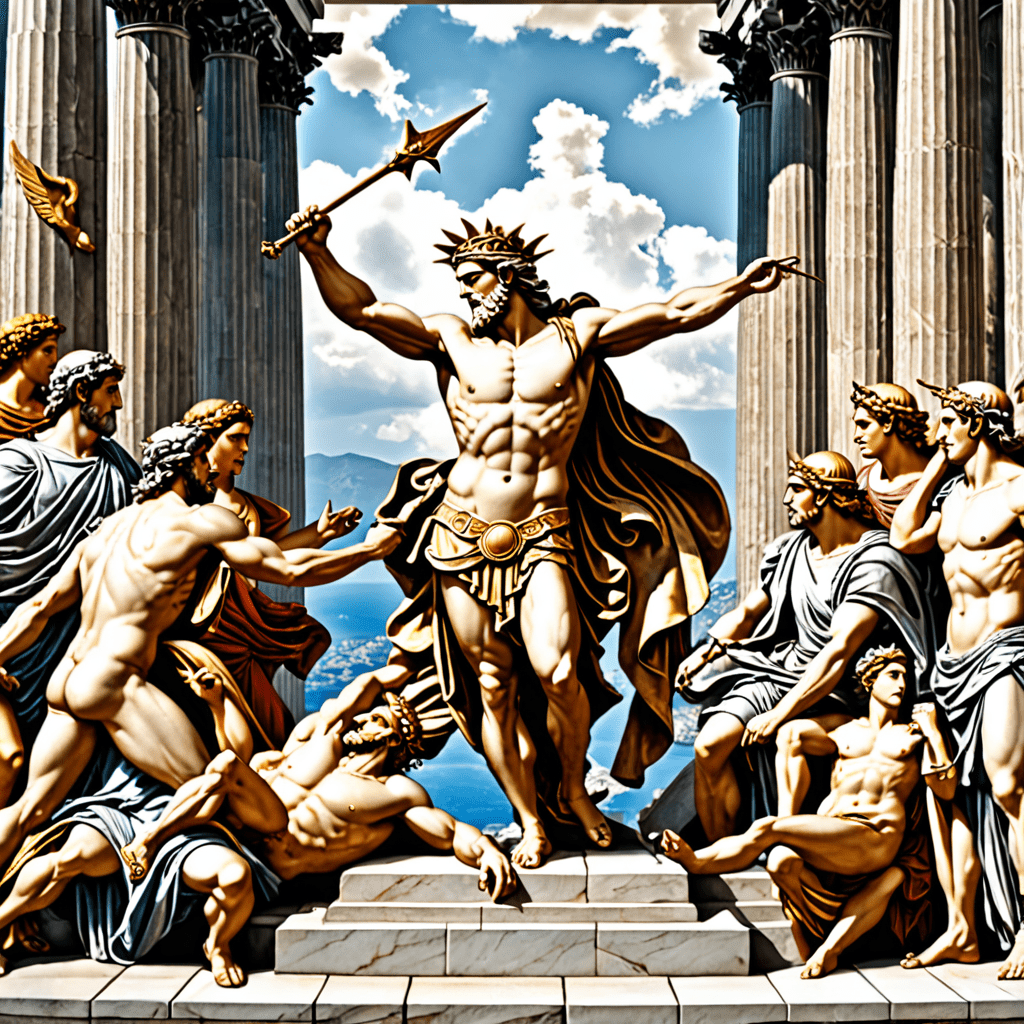Love Across the Milky Way: The Legend of the Weaver Girl and the Cowherd
In the realm of Korean mythology, the tale of the Weaver Girl (Ch'unhyang) and the Cowherd (Kyonu) stands as a timeless and poignant love story. This celestial romance, whispered through generations, speaks of forbidden love, celestial wrath, and the enduring power of hope. The myth is not just a story but a reflection of human emotions, desires, and the search for connection across seemingly insurmountable barriers.
The Weaver Girl (Ch’unhyang)
Ch'unhyang, known as the Weaver Girl, is a celestial being with unparalleled skills in weaving. She is a daughter of the Heavenly Emperor, residing in the celestial palace, a place of breathtaking beauty and unimaginable grandeur. Ch'unhyang is gifted, elegant, and possesses a spirit that shines brighter than the stars. Her talent for weaving is legendary, and her creations, woven with threads of moonlight and starlight, are said to be breathtakingly beautiful.
The Cowherd (Kyonu)
On Earth, a humble cowherd named Kyonu lived a simple life. He was known for his kindness, diligence, and love for his animals. Kyonu's days were filled with tending to his cattle, a task he performed with a deep sense of responsibility. He was also a man of great integrity, admired by his neighbors for his honesty and hard work.
Their Forbidden Love
One fateful day, Ch'unhyang, longing for a glimpse of the world beyond the celestial palace, descended to Earth. It was there that she met Kyonu, and a spark ignited between the two, transcending the boundaries of their different worlds. Their love blossomed, a testament to the power of connection that can transcend even the most impossible boundaries.
The Wrath of the Heavenly Emperor
When the Heavenly Emperor discovered his daughter's forbidden love with a mortal, he was furious. He was determined to end the relationship, viewing Kyonu as unworthy of his daughter's affection. The Emperor's wrath was swift. He separated Ch'unhyang and Kyonu, sending her back to the celestial palace and banishing Kyonu to Earth.
The Milky Way: A River of Separation
To ensure that Ch'unhyang and Kyonu never met again, the Heavenly Emperor drew a vast river of stars across the sky, separating the two forever. This celestial river, known as the Milky Way, became a poignant symbol of their separation and a reminder of their forbidden love.
The Magpies’ Bridge
Despite their separation, Ch'unhyang and Kyonu never forgot each other. Their love story touched the hearts of the celestial beings, who felt compassion for their plight. Moved by their enduring love, a group of magpies, known for their devotion and loyalty, decided to help the star-crossed lovers. Every year, on the seventh day of the seventh lunar month, the magpies would gather together, forming a bridge across the Milky Way, enabling Ch'unhyang and Kyonu to meet for a brief moment. This event is known as the Magpie Bridge Festival, a cherished tradition in Korea and other East Asian cultures.
Modern Interpretations of the Myth
The legend of the Weaver Girl and the Cowherd has resonated with people for centuries, inspiring countless poems, songs, and works of art. The myth has been reinterpreted and adapted over time, reflecting the changing values and perspectives of different generations. In modern interpretations, the myth often explores themes of social class, gender roles, and the challenges of finding love in a complex world. Some interpretations question the Heavenly Emperor's authority, portraying him as a symbol of societal constraints and traditional notions of what constitutes a "suitable" pairing.
The Myth as a Symbol of Hope
At its core, the story of the Weaver Girl and the Cowherd is a testament to the enduring power of love and hope. Despite their separation and the obstacles they face, their love continues to shine bright, offering a beacon of hope to those who believe in the power of connection. The myth speaks to our deepest desires for love, connection, and the courage to overcome any barrier in pursuit of those desires.
The Weaver Girl and the Cowherd: A Timeless Tale of Love and Loss
The legend of the Weaver Girl and the Cowherd echoes through time, reminding us that love can bloom even in the most unexpected places and that hope can endure even the most challenging circumstances. It is a story that speaks to the human heart, reminding us that love, in all its forms, can be a powerful force that transcends boundaries, defying the constraints of time and space.
FAQ
Q: Why is the Milky Way called the Milky Way?
A: The Milky Way is called the Milky Way because it appears as a faint band of light stretching across the night sky. Ancient cultures often imagined this band as a river of milk, leading to its name.
Q: What is the Magpie Bridge Festival?
A: The Magpie Bridge Festival is a celebration of the Weaver Girl and the Cowherd's love. It is held on the seventh day of the seventh lunar month and is believed to be the day when the magpies form a bridge across the Milky Way, allowing the two lovers to meet.
Q: Is the Weaver Girl and the Cowherd story a Korean myth?
A: While the story is popular in Korea, it also exists in other East Asian cultures, including China and Japan. While there may be slight variations in the story, the basic themes of forbidden love and the enduring power of hope are common across cultures.




